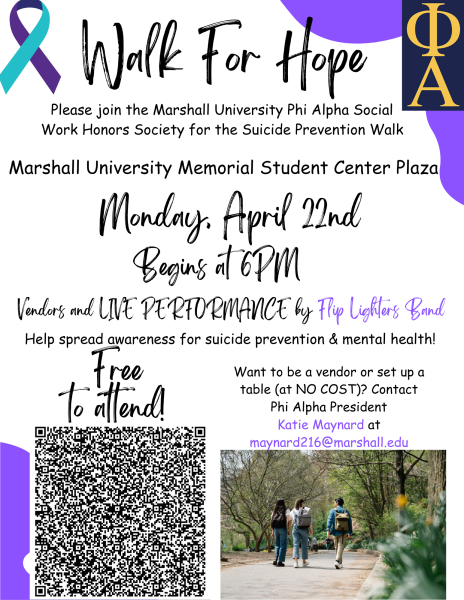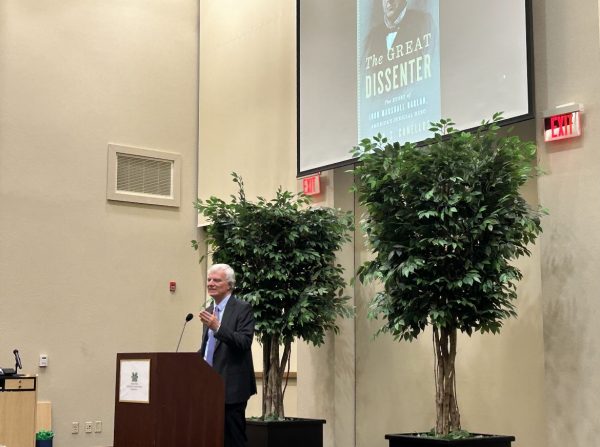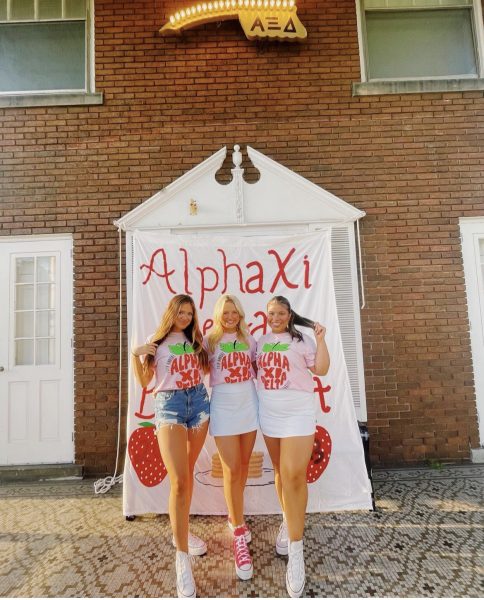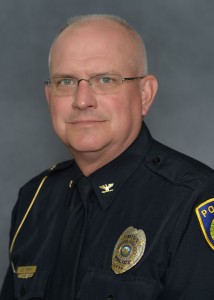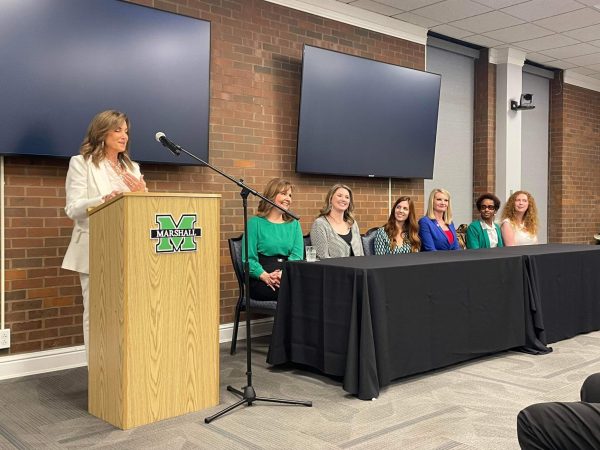Brian Michael Reed: Big Mind, Bigger Heart
Not many people know of the talent that lies between West Virginia’s mountains, but one local artist has art studios in both New York and China.
Brian Michael Reed is a West Virginia native from Clay County. At age 17 he lost his father and at age 21 he broke his back.
“Art became therapy for me and I put my whole entire being into making art to deal with overcoming of tragic loss,” Reed said. “When I broke my back, I was very much looking inward at my own life and, after that, I started looking out into the world and how I would turn it around.”
Reed came to Huntington in January as part of the visiting artist series at the Huntington Museum of Art. His art exhibit, “Brian Michael Reed: A Conversation with the Huntington Museum of Art,” was on display to the public from January through February in the Daywood Art Gallery.
While Reed was in the area, he also stopped at Marshall University’s Visual Arts Center to help critique senior capstone projects. Not only was this a treat for him, but for the students as well.
“Young artists need a community of support and encouragement to help them have faith in themselves and their ability to pursue a life within the arts,” Reed said. “I hope I was able to provide them all with more encouragement and determination to remain creative throughout their lives.”
One of Reed’s most memorable experiences is a trip to China a few years ago, where he not only did a series of lotus paintings and poems, but he also volunteered to help children in need.
“For most my career, I didn’t really understand my place in society,” Reed said. “I think I was making art for myself. It was two or three years ago I had an experience in this tiny village
located in Xucun, China, working with children and teaching them to find elements and techniques from their daily lives to bring art to their lives.”
Reed said the process of teaching these children in the rural part of China became the catalyst to teaching himself to think more about what opportunities he can use, or the art practice he has to make the world better.
“From there, I started thinking about environment, poverty, education and recovery from natural disaster,” Reed said. “I started looking at artist residency for opportunities with business or government to do work that addressed these four themes. I worked with a French company to bring my art to a machine that makes fertilizer and methane gas, which can be used to make electricity. I worked in Japan with a non-profit organization, Moriunis, and it dealt with the rebuild process of the tsunamis in the area from 2011.”
Reed said he wanted his life to be purposeful.
“I started thinking that I can change the world, make a difference, and I can do it with art and by direct, social activism and participation with communities,” Reed said.
Reed said a dream project would be to open an institute based around the philosophy of using art as a bridge in cultural dialogue.
“There are so many philosophies and so many ways for us to have conversations and art has that conversation in a visual way,” Reed said. “(Art) can be used as a metaphor, and even in addressing political or social commentary. I would eventually love to have a center that is organized under these principles.”
Reed’s view on the arts as part of early education stemmed from his middle school and high school experiences. He said if it wasn’t for those teachers, that he wouldn’t have even known a career in the arts was possible.
“Winston Churchill said it best — if we do away with the arts, ‘What are we fighting for?’” Reed said. “The humanities and the arts help explain emotional situations, ceremonies and spiritual/religious experiences. They even help process it and make it easier for everyone to understand. We don’t know how fortunate we are in this country to be able to express ourselves so freely. Art is for everyone.”
Hannah Swartz can be contacted at [email protected].
Your donation will help continue the work of independent student journalism at Marshall University. If you benefit from The Parthenon's free content, please consider making a donation.


